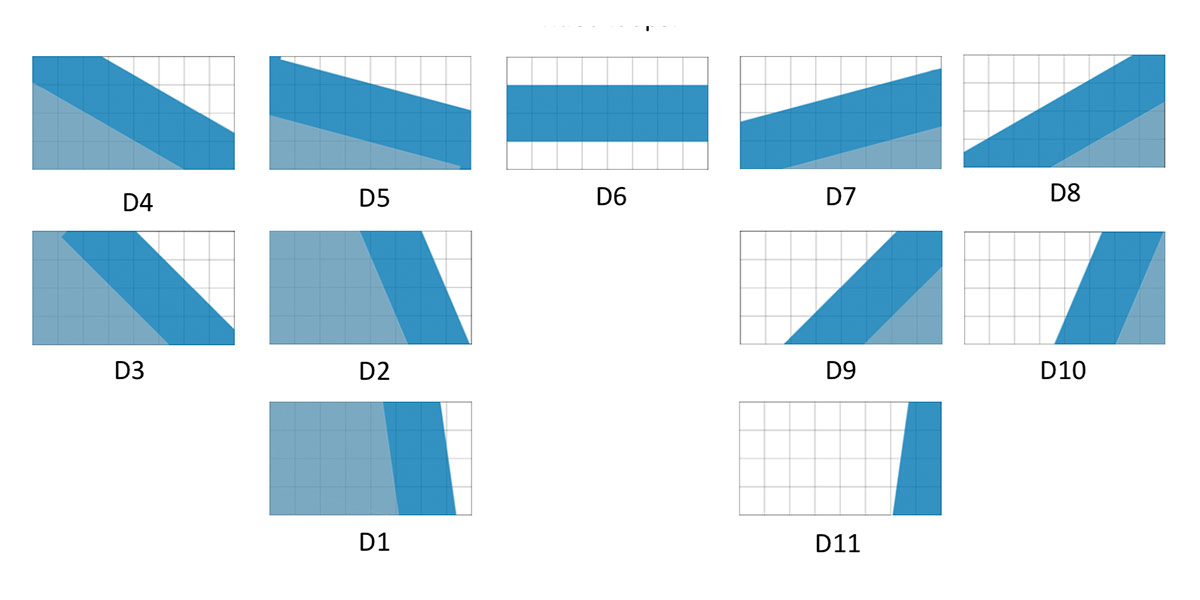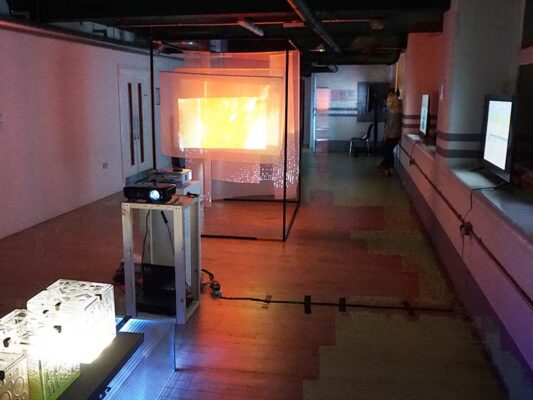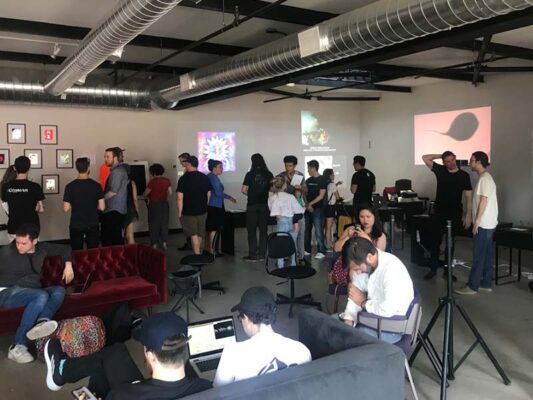My installation Aggregate of Hope is a visualization of the 24hr Bitcoin exchange rate trendline. The artwork is a 1.5-year spanning video-based project built on JavaScript, HTML and consists of 51 cloud videos. I recorded these videos on 51 different passenger flights in reference to the critical 51% threshold of independent nodes that guarantees the integrity of the blockchain.
While still in its infancy, blockchain technology is expected to change our lives. More importantly, it is a technological platform with the potential to lift millions of people out of poverty by including them in the global economy.
The visualization Aggregate of Hope explores this hope for blockchain through the subject of clouds. In my artwork clouds represent transformation and hope for fair global distribution of opportunity and wealth. Bright clouds represent prosperity in mythology, while dark clouds often symbolize doom and despair. Clouds also convey the intangible aspect of blockchain technology as data and software.

Crypto enthusiasts and investors check the Bitcoin exchange rate to the point of obsession, using the trendline as a critical indicator of this technology’s acceptance and growth. While hundreds of thousands of people worldwide are invested in blockchain, this artwork exposes the fact that its existence relies on the continuous belief in this intangible technology. Interestingly, the same applies to our current institutions, leaving space for a digitally transformed and hopefully better future.
CounterParty Access Token
Since Aggregate of Hope visualizes Bitcoin, I wanted it conceptually tokenized on the Bitcoin blockchain. This visualization is registered as a locked CounterParty token in an edition of 3. Token holders can identify themselves through Bitcoin message signing on the project website: https://bit.do/aggregate. After verification, token holders are redirected to a download page for the project files and HD videos.
How CounterParty Works
CounterParty embeds data into regular Bitcoin transactions. To a regular Bitcoin client, these transactions look like normal Bitcoin transactions, with one party sending another party a very small amount of Bitcoin. A CounterParty node (which runs the Bitcoin client along with the CounterParty client software) will recognize and interpret the data in these Bitcoin transactions based on specific rules.




